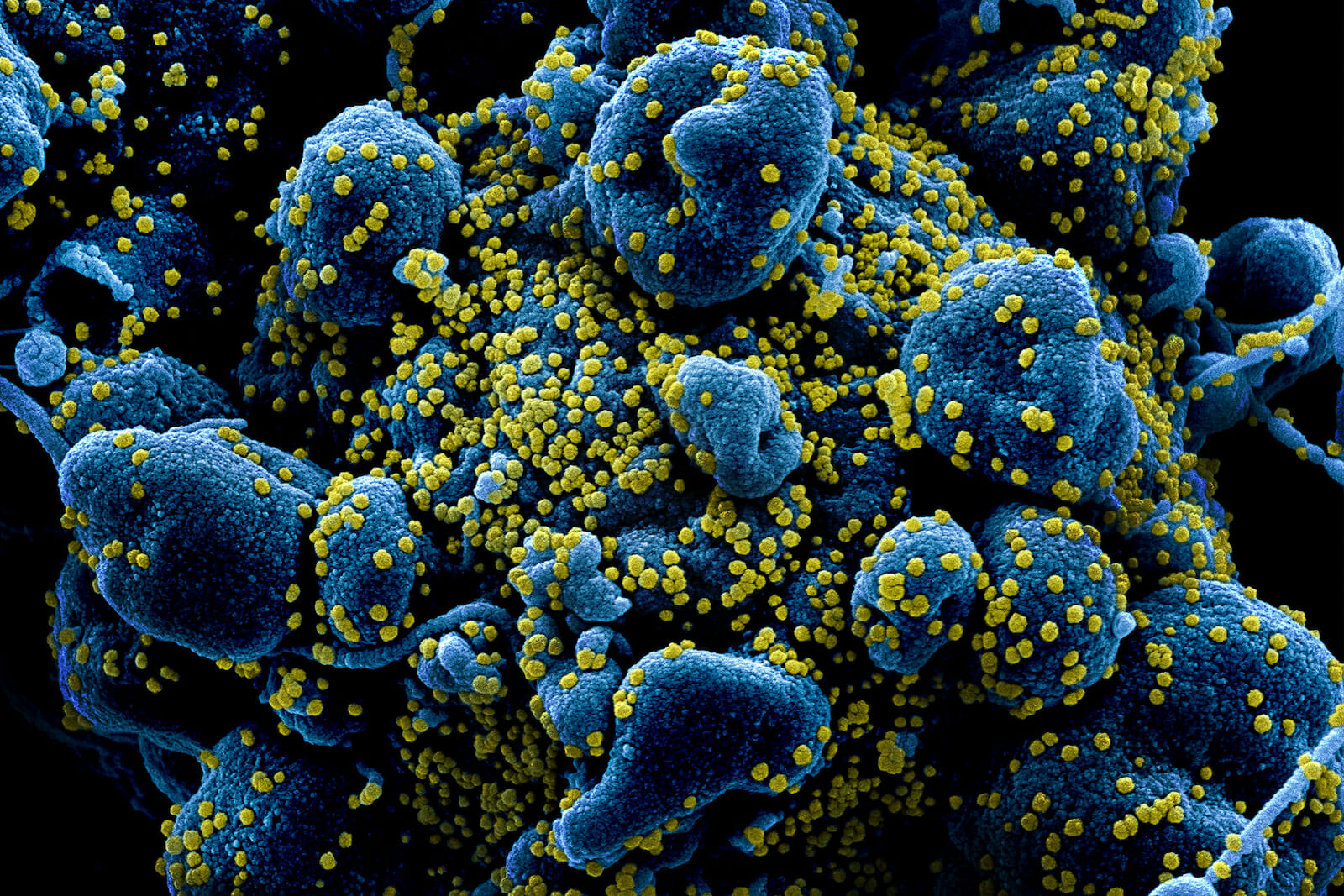
Health
Coronavirus is Re-Ordering Global Demographics
In the animal world, predators target older, or younger, prey. By doing so, they maintain the size of the group of the hunted animals and cull out those animals which are not capable of defending themselves or running away. Coronavirus mimics the behavior of predators in the wild. In particular, the pandemic seems to target older humans and those with underlying medical conditions. The difference, of course, is that the human race tries to protect those that are vulnerable to the virus.
This is the Third Series of Coronavirus
Prior to the outbreak of COVID-19, the world experienced the outbreak of SARS and MERS. Both of these viruses are of the coronavirus strain. These viruses are what are called zoonotic.
The first recorded coronavirus is thought to be the SARS virus. The medical terminology is called SARS-CoV. SARS-CoV is thought to have come from an animal and was first identified in 2002 and originated in the Chinese province of Guangdong. The symptoms of SARS-CoV are influenza like, and include fever, malaise, myalgia, headache, diarrhea, and shivering. There were 8,098 reported cases and 774 deaths, with the transmission of most cases of the virus from human to human occurring in a hospital setting. The implementation of proper infectious disease control brought the epidemic to an end.
MERS known as MERS-CoV originated in the Middle East and is thought to have been transmitted to humans from the dromedary camel. The clinical spectrum ranges from no symptoms to mild respiratory symptoms to severe acute respiratory disease and death. Like the new COVID-19 virus, the MERS-CoV appears to affect older humans with more fatalities as well as those who have additional underlying diseases such as renal failure, cancer, chronic lung disease, and diabetes.
It is estimated that 35% of those who were affected with MERS-CoV died, though this number may be overblown as many with the disease presented no symptoms and were not diagnosed with the disease.
COVID-19 Pandemic
While both the SARS and MERS viruses were frightening, neither of them reached pandemic level. COVID-19 is the third zoonotic disease in the first 20 years of the century, and each one is worse than the preceding one. It is possible for those who eventually show symptoms of the COVID-19 virus do not have any outward symptoms for 2 to 14 days.
Symptoms of the COVID-19 virus are fever, cough, and shortness of breath. Other symptoms of the disease may be tiredness, aches, runny nose, and sore throat.
COVID-19, also known as SARS-2, was first diagnosed in Wuhan, China in November of 2019. The COVID-19 virus is much more lethal than the two previous coronaviruses. Part of its lethality is its ability to spread undetected because many people, primarily the young, can have the virus and be asymptomatic. This way, the virus can pass undetected from human host to human host and not be detected until it reaches a human host whose immune defenses have been compromised either due to increased age or a serious underlying chronic disease such as diabetes, hypertension, renal issues or heart disease.
In the United States alone, eight out of ten deaths are those who are 65 years or older. The estimated percent of the elderly requiring hospitalization is 31–70% of those 85 years or older. For those 65 years or older, it is 31-59%. Those requiring admission to intensive care for those 85 years or older is 6-29%, and those 65 years or older is 11-39%. The current estimate for those who die are for those 85 years or older is 10-27% and for those who are 65 years or older it is 4-11%. While those who are younger and do not have an underlying medical condition can face serious illness or death, these are outliers and are not representative of the overall population.
Long Term Economic Consequences of the Virus
The current developing economic crisis enveloping the world will be temporary in nature and is unlike the 2007-2008 banking crisis. The current crisis is being caused by an outside event and is not from systematic weaknesses in the financial system. While the short-term consequences of COVID-19 is serious, it is a short-term issue, and once the current emergency passes the economy should rebound fairly quickly.
A more longer-term consequence will be a re-ordering of the current system of supply chains and manufacturing sectors worldwide. The current virus originated in China, and the subsequent lockdown of China’s population disrupted the world’s manufacturing base. This has caused concerns among the world’s financial and business concerns, and efforts are already underway to shift manufacturing out of China.
A further financial and economic consequence of COVID-19 affecting the United States will be the removal of elderly Americans from the Social Security, Medicare, and Medicaid programs. Sadly, with the deaths due to the virus being concentrated in the elderly, those who die will no longer be claiming these benefits.
The cold and undeniable fact, despite the best efforts of both federal and state governments, COVID-19 will kill a high percentage of older Americans.

